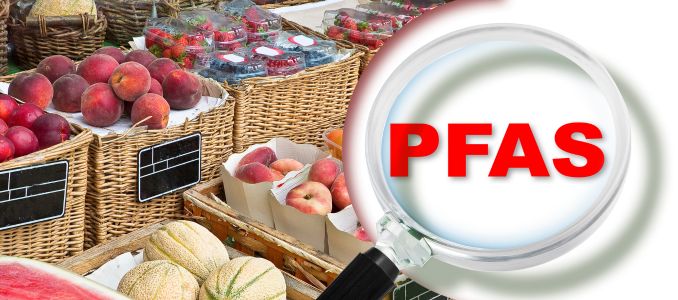
Administrator Zeldin Announces Major EPA Actions to Combat PFAS Contamination
EPA announces new measures to address PFAS contamination, including expanded testing, stricter regulations, and a polluter-pays framework.
- By Stasia DeMarco
- Apr 28, 2025
EPA Administrator Lee Zeldin announced a series of agency actions aimed at addressing contamination from per- and polyfluoroalkyl substances (PFAS), also known as "forever chemicals."
The initiatives include the designation of an agency lead for PFAS efforts, the development of new effluent limitations guidelines to prevent PFAS discharges into drinking water systems, and a push to establish a liability framework ensuring that polluters bear the costs of cleanup, rather than passive receivers such as local water utilities.
“I have long been concerned about PFAS and the efforts to help states and communities dealing with legacy contamination in their backyards,” Zeldin said. “With today’s announcement, we are tackling PFAS from all of EPA’s program offices, advancing research and testing, stopping PFAS from getting into drinking water systems, holding polluters accountable, and providing certainty for passive receptors."
The actions align with the agency’s priorities under Zeldin’s "Powering the Great American Comeback" initiative, particularly Pillar 1, Clean Air, Land, and Water for Every American, and Pillar 3, Permitting Reform, Cooperative Federalism, and Cross-Agency Partnership.
Strengthening the Science
EPA plans to:
- Designate a lead official for PFAS coordination.
- Expand testing strategies under the Toxic Substances Control Act (TSCA).
- Launch new efforts to collect air-related PFAS emissions data.
- Update PFAS destruction and disposal guidance annually.
- Advance detection methods and fill scientific information gaps.
Fulfilling Statutory Obligations and Enhancing Communication
The agency will:
- Develop effluent limitations guidelines for PFAS manufacturers and metal finishers.
- Enforce Clean Water Act and TSCA limitations to prevent further contamination.
- Add PFAS chemicals to the Toxic Release Inventory.
- Use Safe Drinking Water Act authority to address immediate endangerments.
- Collaborate with Congress and industry on establishing a polluter-pays liability framework.
Building Partnerships
EPA will also:
- Support remediation efforts for contaminated drinking water supplies.
- Provide technical assistance to states and tribes.
- Finalize a risk assessment for biosolids following a public comment period.
- Review pending state air quality petitions and bolster enforcement investigations.
A Record of Leadership
Administrator Zeldin’s involvement with PFAS issues dates to his time in Congress, where he was a founding member of the PFAS Congressional Task Force and a supporter of the PFAS Action Act. He has advocated for protecting Americans, including Long Islanders, from contaminated drinking water systems.
EPA's PFAS work builds on efforts initiated during President Trump’s first term, including the 2018 National Leadership Summit on PFAS and the release of the 2019 PFAS Action Plan, which outlined both short- and long-term strategies to combat PFAS contamination nationwide.
About the Author
Stasia DeMarco is the Content Editor for EPOnlne.